A mysterious fossil discovered in Antarctica in 2011 has finally been identified as a giant, soft-shelled egg, potentially laid by an extinct marine reptile. The egg, measuring 11 by 7 inches, is the largest soft-shell egg ever found and the second-largest egg from any known animal.
Researchers from the University of Texas at Austin used microscopic analysis to confirm the fossil’s identity. The egg’s structure resembles those of modern lizards and snakes, suggesting it belonged to a massive relative of these creatures. Scientists estimate the animal that laid the egg was over 20 feet long, possibly a mosasaur or other large marine reptile from 66 million years ago.
The Mystery of “The Thing
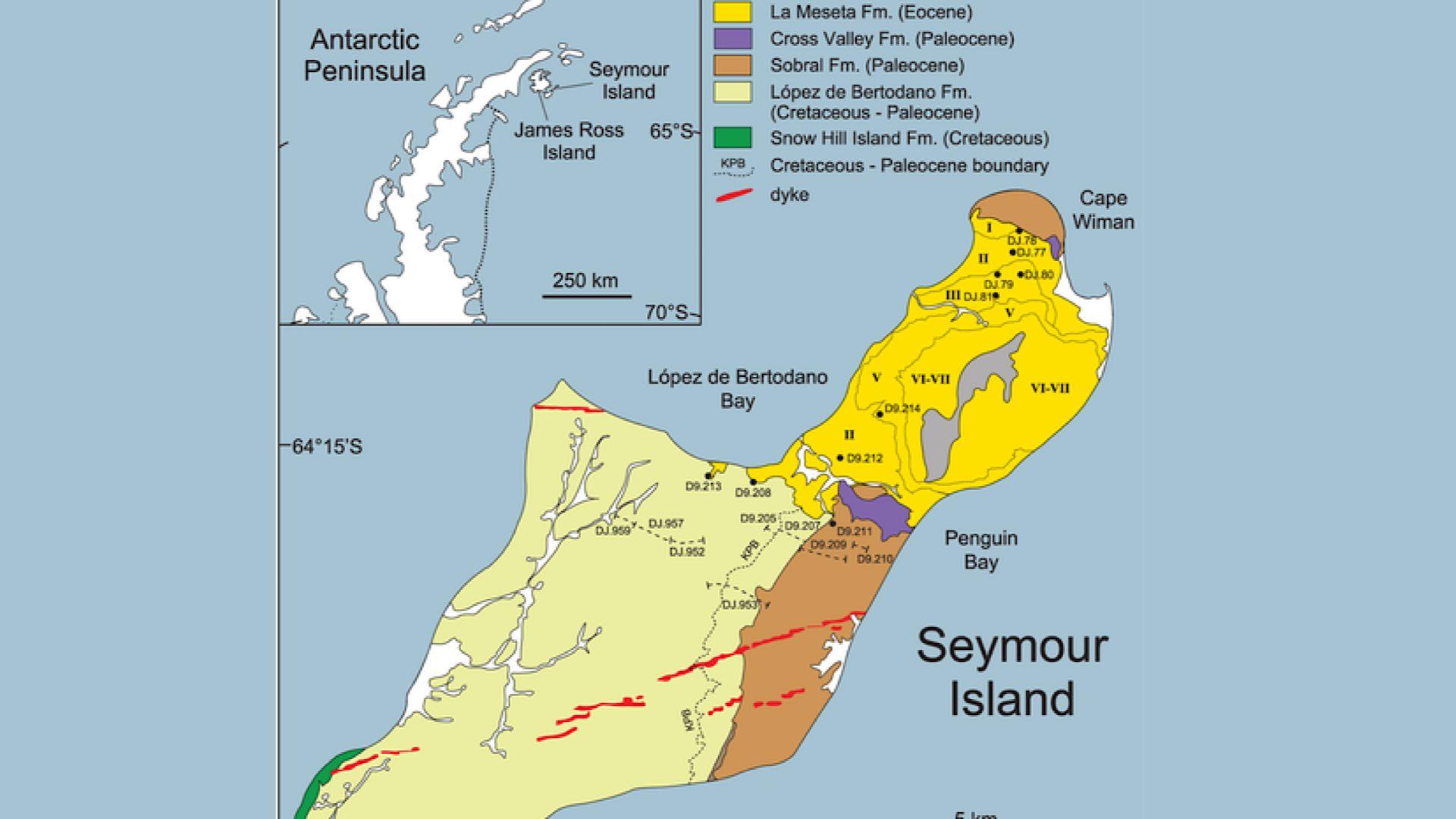
In 2011, researchers in Antarctica stumbled upon a peculiar fossil that defied immediate classification. Dubbed “The Thing,” this oval-shaped object, resembling a deflated football, puzzled scientists for years. Its unique characteristics made it difficult to categorize, leading to speculation about its origin and nature.
It wasn’t until 2018 that a breakthrough occurred. A scientist from the University of Texas at Austin proposed that the mysterious object might be a deflated egg. This hypothesis sparked a new wave of research, culminating in a comprehensive study that finally unraveled the fossil’s true identity as a giant, soft-shelled egg.
Antarctica’s Prehistoric Marine Life
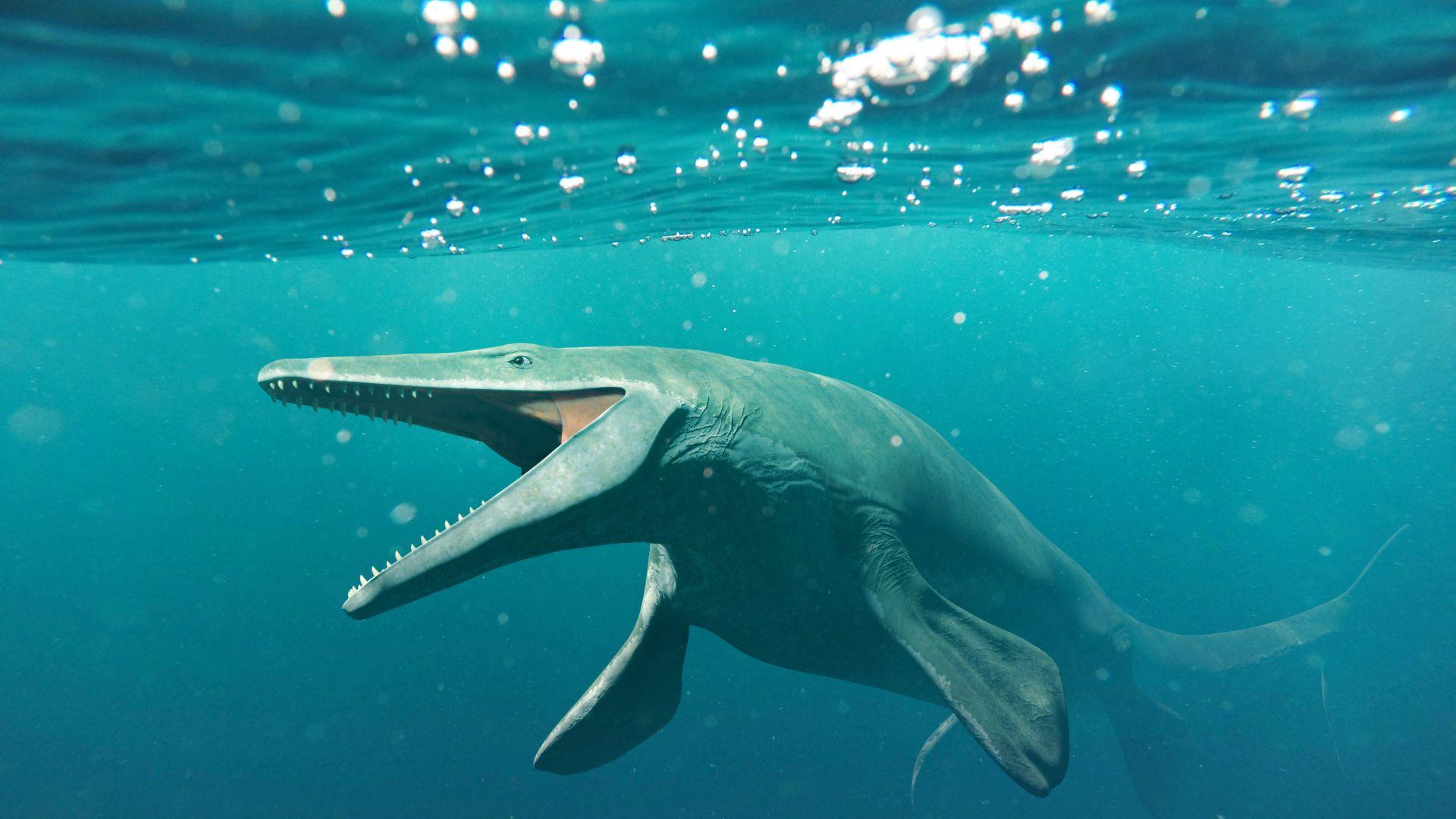
During the late Cretaceous period, approximately 66 million years ago, Antarctica was a vastly different place. The continent was part of the supercontinent Gondwana and boasted a much warmer climate, supporting a diverse array of marine life. The waters surrounding Antarctica teemed with various species of ancient reptiles, including mosasaurs.
The discovery of the giant egg fossil provides a crucial piece of evidence about this prehistoric ecosystem. It suggests the presence of large marine reptiles capable of laying eggs, possibly on Antarctic shores. This finding offers new insights into the reproductive strategies of these ancient creatures and the complex interactions within Antarctica’s prehistoric marine environment.
The Importance of Egg Size in Paleontology

The size of fossilized eggs plays a crucial role in paleontological research, offering valuable clues about the creatures that laid them. In the case of the Antarctic egg fossil, its massive size – 28 cm long and 18 cm wide – immediately indicated that it belonged to a large animal. This prompted researchers to investigate potential parent species of considerable size.
By comparing the egg’s dimensions with those of modern reptiles and their corresponding body sizes, scientists estimated that the egg-layer would have been approximately 7 meters long. This analysis demonstrates how egg size can serve as a proxy for understanding the physical characteristics and potential behaviors of extinct species, providing a window into ancient ecosystems.
Soft-Shelled Eggs vs. Hard-Shelled Eggs
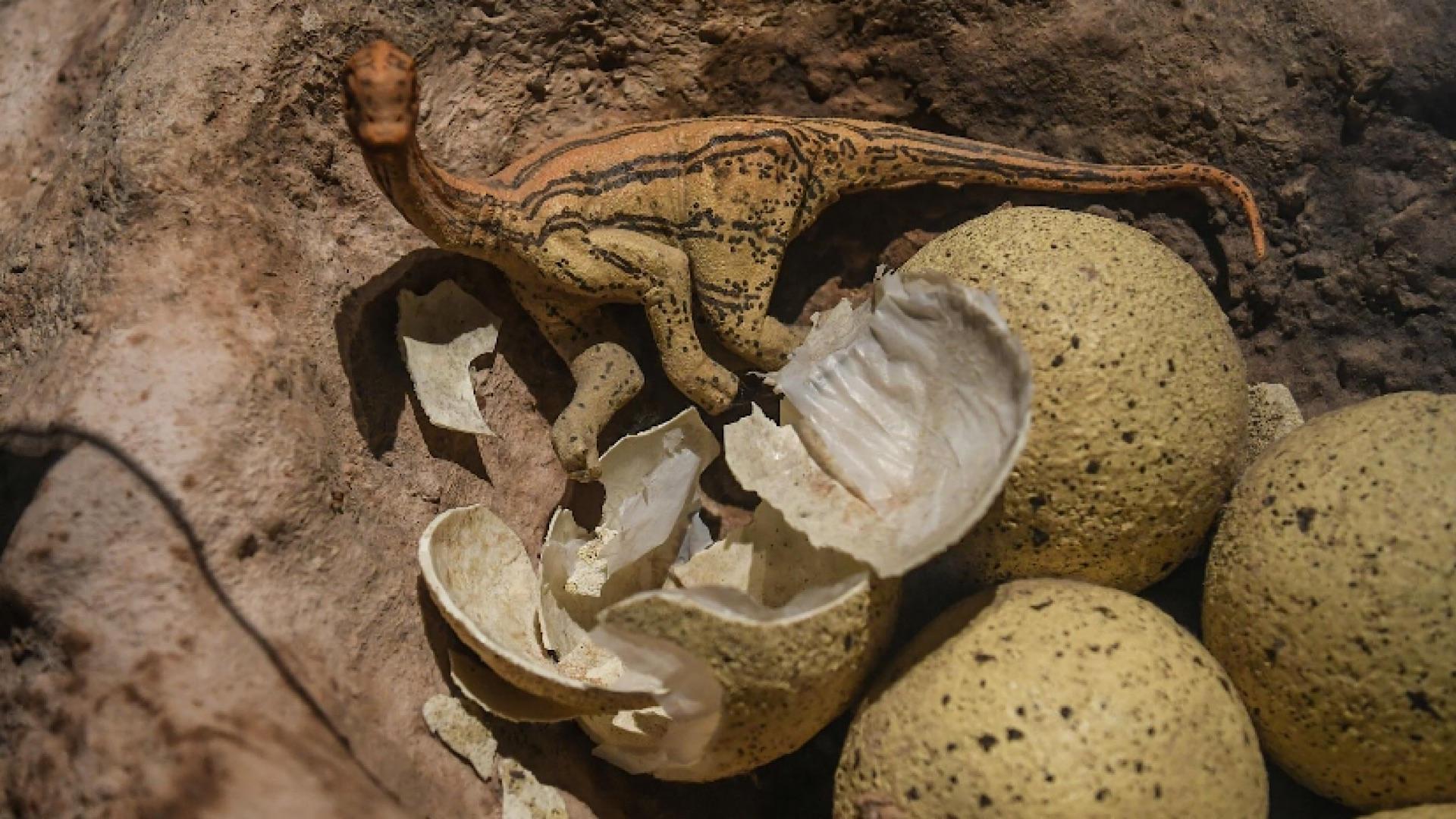
The discovery of a giant soft-shelled egg in Antarctica challenges our understanding of ancient reptile reproduction. Unlike the hard-shelled eggs typically associated with dinosaurs, this fossil exhibits characteristics similar to the eggs of modern lizards and snakes. The soft, pliable structure of the egg suggests adaptations to specific environmental conditions or reproductive strategies.
This finding raises intriguing questions about the diversity of egg types among ancient reptiles. It prompts comparisons between the advantages of soft-shelled and hard-shelled eggs in different environments, particularly in marine or coastal settings. The presence of a soft-shelled egg from a large marine reptile opens new avenues for research into the evolution of reptilian reproductive strategies.
The Role of Microscopic Analysis in Fossil Identification
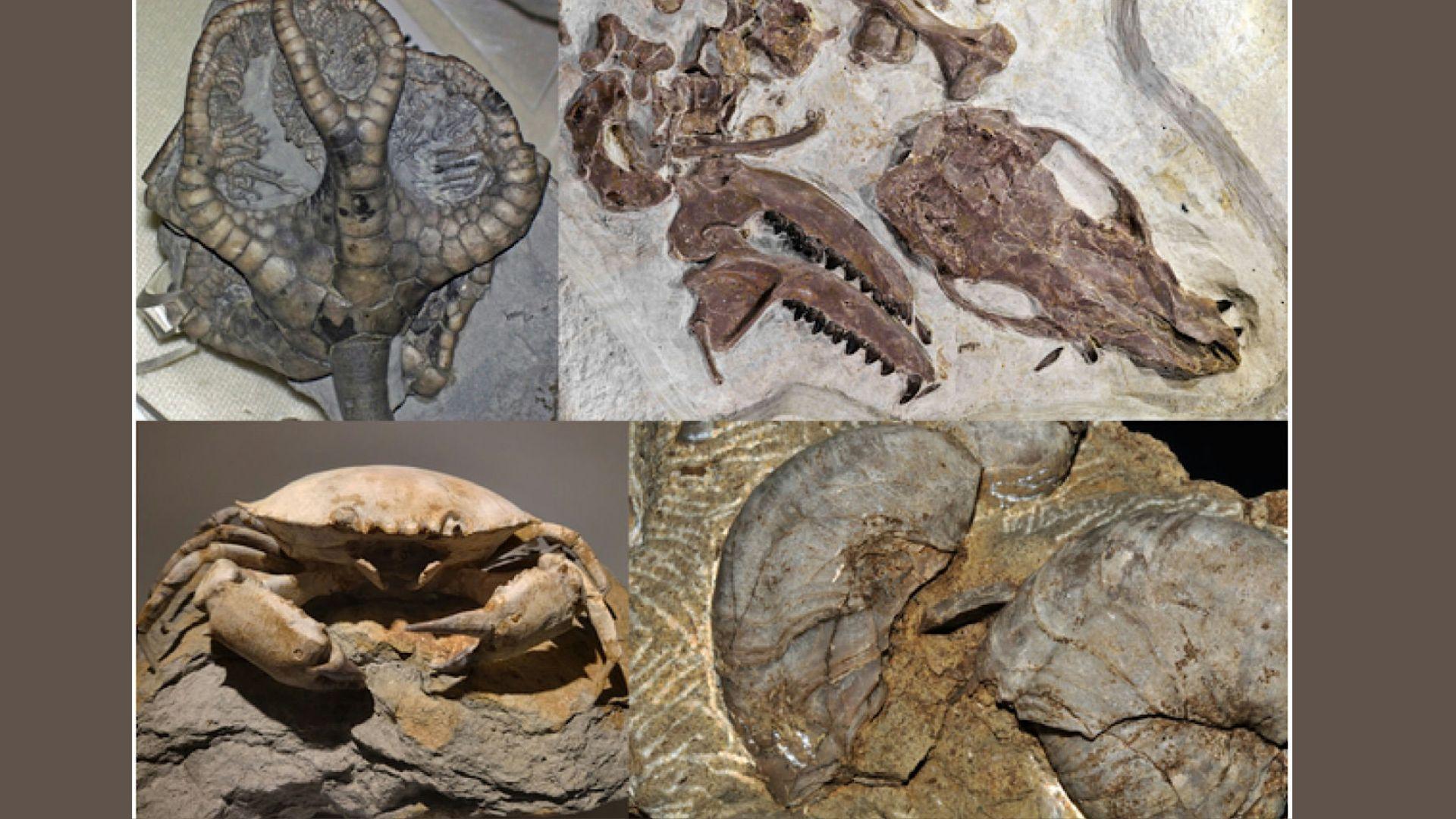
Microscopic analysis played a pivotal role in identifying the Antarctic fossil as an egg. Researchers employed advanced techniques to examine the fossil’s structure at a cellular level, revealing characteristics consistent with reptilian eggs. This detailed examination was crucial in distinguishing the fossil from other potential classifications.
The study showcases the importance of microscopic analysis in paleontology. By examining the fossil’s microstructure, scientists were able to identify specific features that confirmed its nature as an egg. This level of detailed analysis demonstrates how modern scientific techniques can unlock the secrets of ancient fossils, providing insights that were previously unattainable.
The Evolutionary Implications of Aquatic Reptile Reproduction
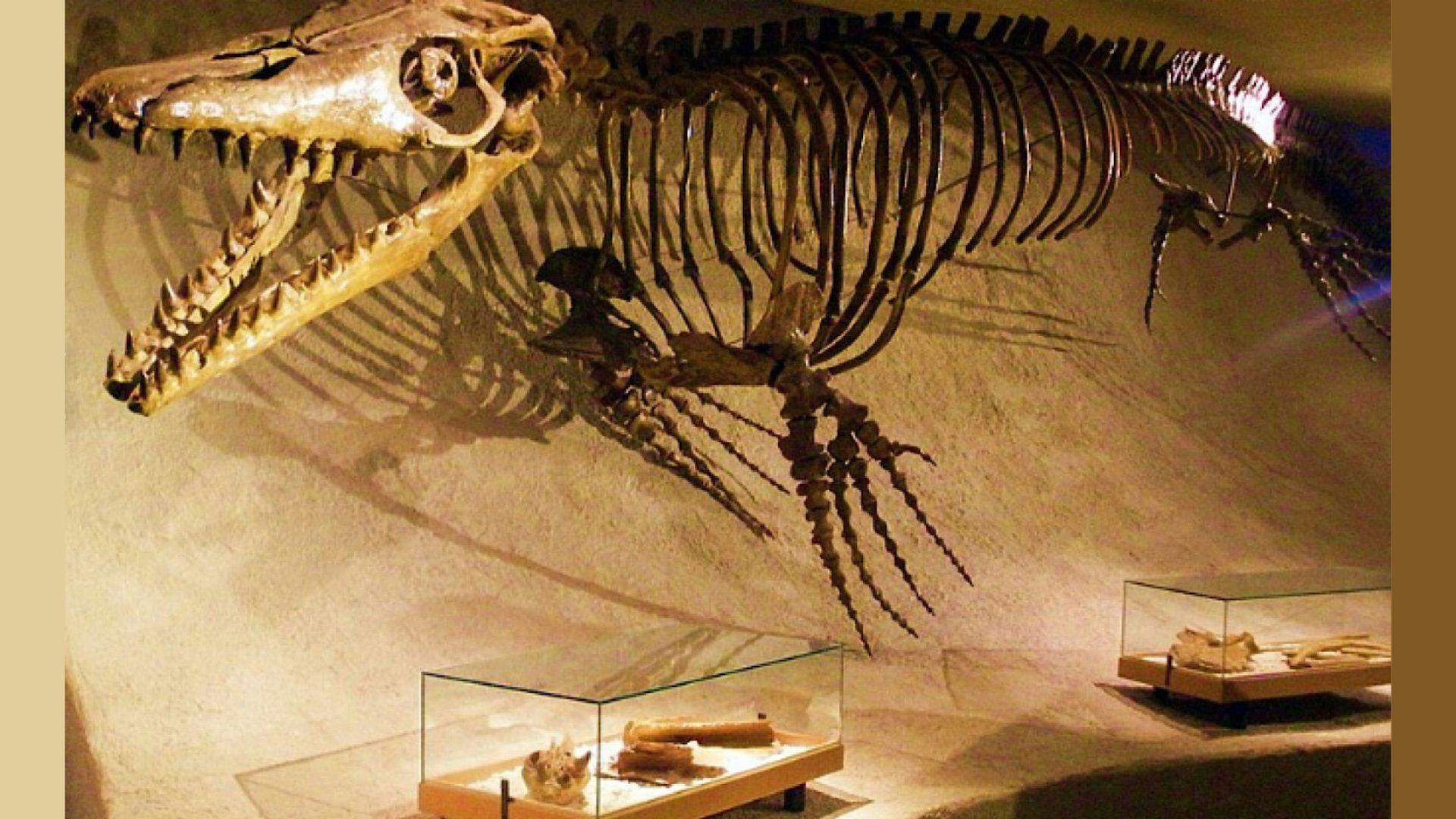
The discovery of the giant soft-shelled egg in Antarctica challenges previous assumptions about the reproductive strategies of large marine reptiles. Prior to this finding, scientists believed that ancient aquatic reptiles like mosasaurs had evolved to give live birth, similar to modern whales and dolphins. This egg fossil suggests that some of these creatures may have retained the ancestral trait of egg-laying.
This revelation has significant implications for our understanding of reptilian evolution. It indicates that the transition from egg-laying to live birth in marine reptiles may have been more complex and varied than previously thought. The discovery opens up new questions about the diversity of reproductive strategies among extinct marine reptiles and how these strategies may have influenced their adaptation to aquatic environments.
Fossil Discoveries in Extreme Environments
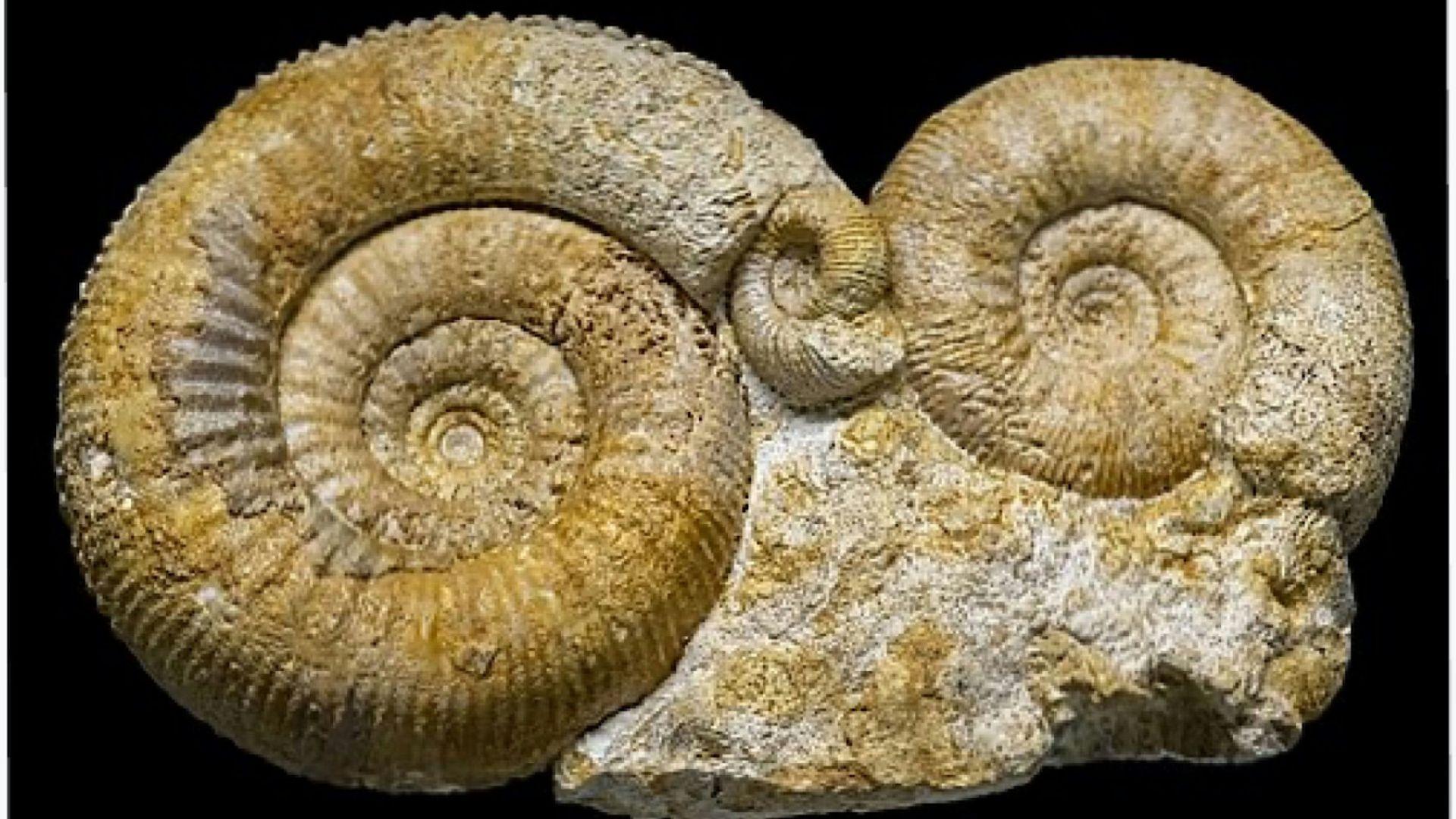
Antarctica, despite its current inhospitable conditions, has proven to be a treasure trove of paleontological discoveries. The preservation of fossils in this extreme environment offers unique insights into ancient ecosystems and extinct species. The giant egg fossil is just one example of the remarkable finds that have emerged from the icy continent.
Fossil discoveries in extreme environments like Antarctica often challenge our preconceptions about prehistoric life. They provide evidence of dramatically different climates and ecosystems in regions that are now among the most inhospitable on Earth. These findings not only expand our knowledge of ancient biodiversity but also contribute to our understanding of long-term climate change and its effects on global ecosystems.
The Connection Between Mosasaurs and Modern Reptiles
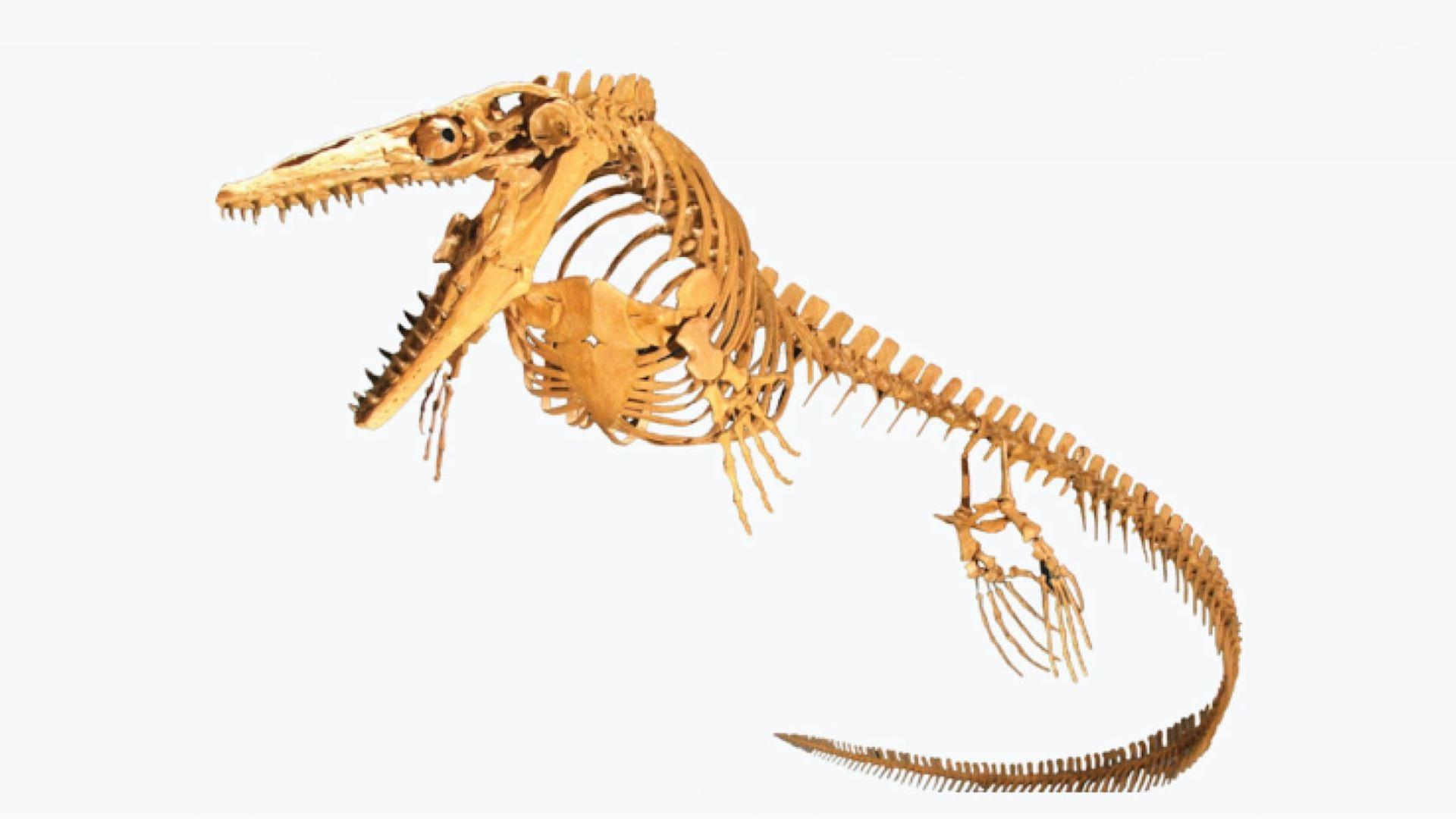
The similarity between the soft-shelled Antarctic egg and those of modern lizards and snakes hints at a potential evolutionary link between ancient marine reptiles like mosasaurs and present-day reptiles. This connection provides a fascinating glimpse into the evolutionary history of reptiles and how certain traits have persisted or evolved over millions of years.
While mosasaurs were highly specialized for marine life, the egg fossil suggests they may have retained some characteristics of their terrestrial ancestors. This finding bridges the gap between ancient marine reptiles and modern terrestrial species, offering new perspectives on reptilian evolution. It also raises questions about the potential for convergent evolution in egg structure among different reptile lineages adapted to aquatic environments.
Future Discoveries in Antarctic Paleontology
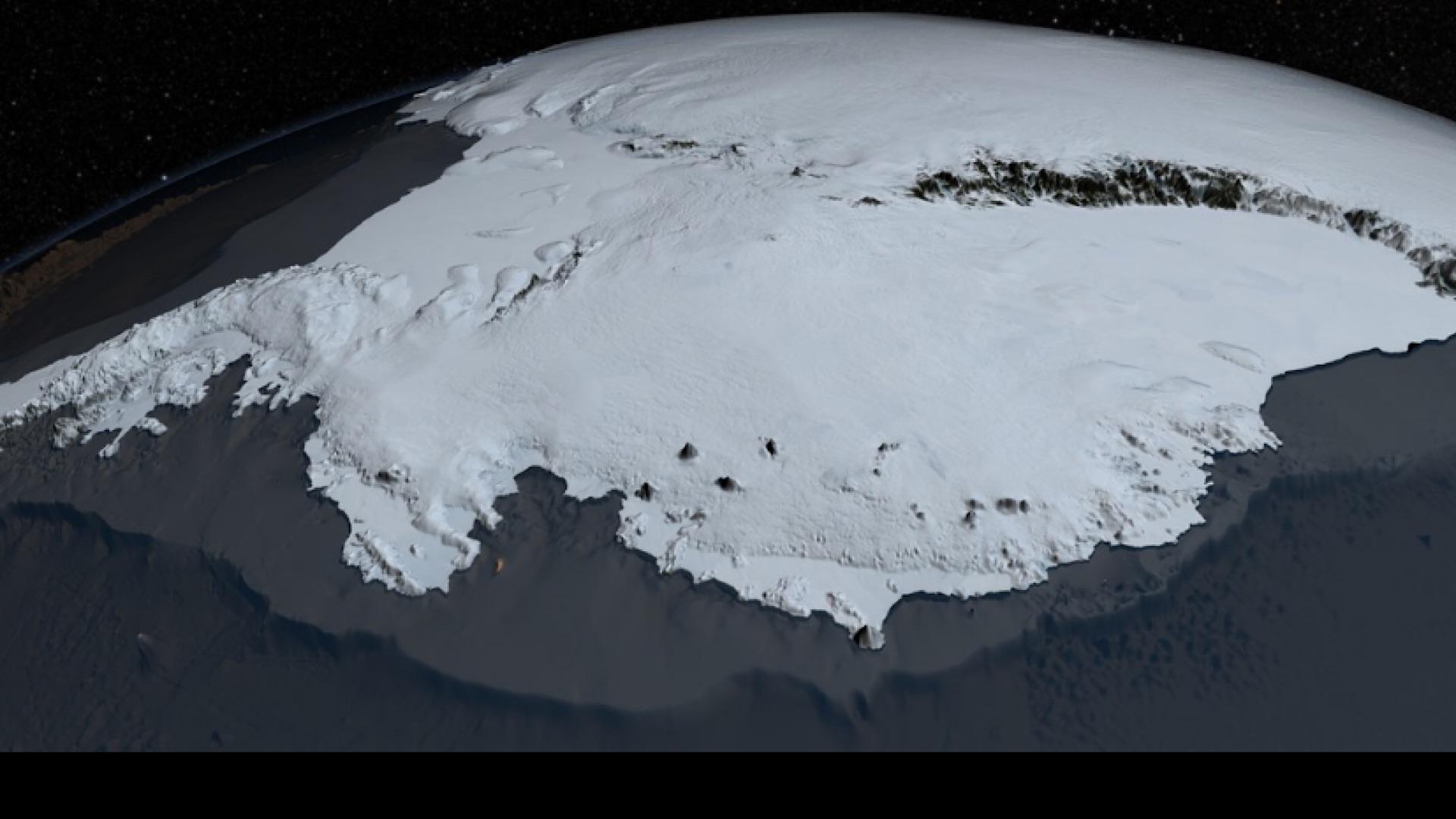
The identification of the giant egg fossil in Antarctica paves the way for exciting future discoveries in polar paleontology. This finding demonstrates that there is still much to learn about the prehistoric life that once thrived in this now-frozen landscape. Future expeditions to Antarctica may uncover more evidence of ancient marine ecosystems, potentially including embryos or even intact specimens of the creatures that laid these giant eggs.
Moreover, this discovery may prompt researchers to re-examine existing fossil collections from Antarctica with new perspectives. The potential for finding more soft-shelled eggs or related fossils could revolutionize our understanding of marine reptile evolution and ancient Antarctic ecosystems. As research techniques continue to advance, we can anticipate more groundbreaking discoveries that will further illuminate the rich prehistoric past of this enigmatic continent.

